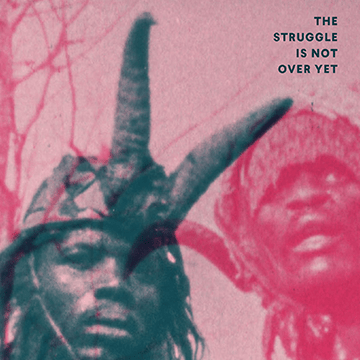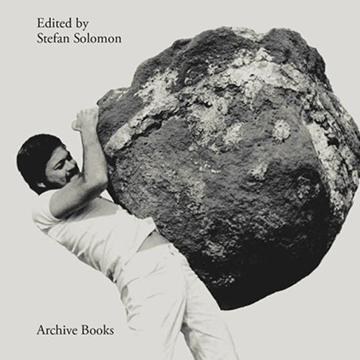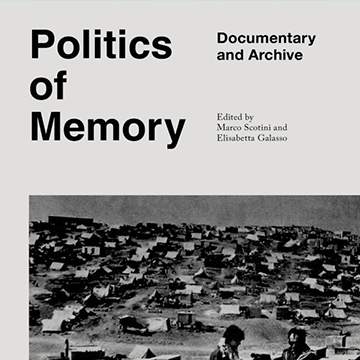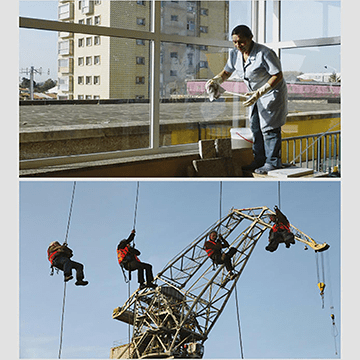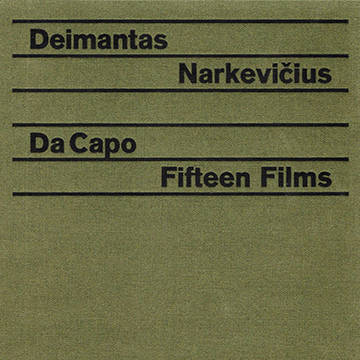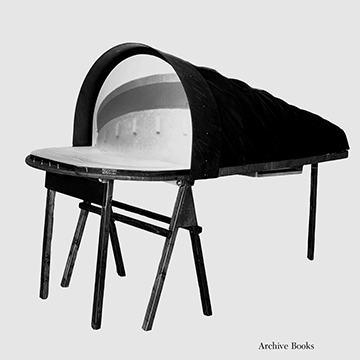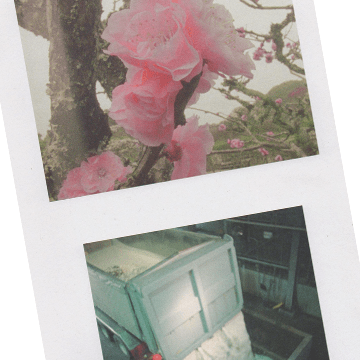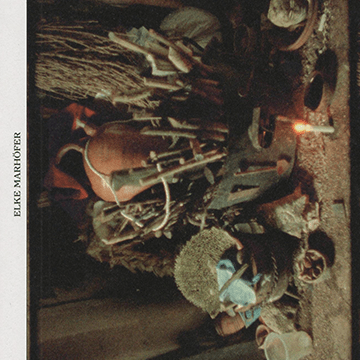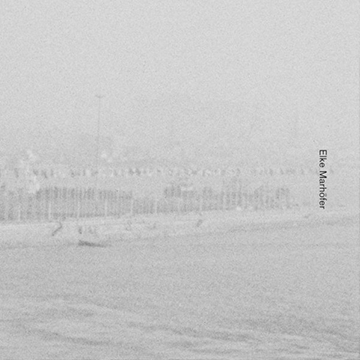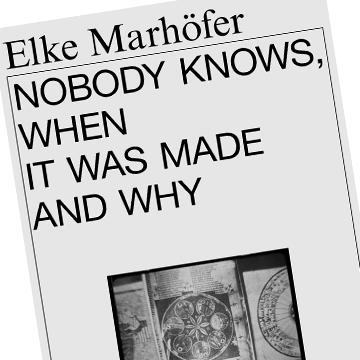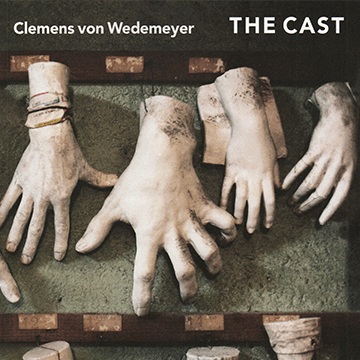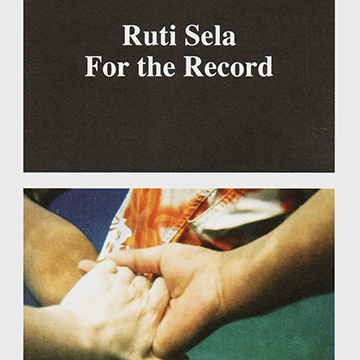A conference, hosted by the International Center for the Arts José de Guimarães, borrowed its title from an unfinished film stored in an archive in Bissau. 'Luta ca caba inda' (The struggle is not over yet) was conceived as a documentary film on post-independence Guinea-Bissau, but was abandoned in the editing process in 1980. The archive testifies to a decade of collective and internationally connected cinema praxis in the country, as part of the people’s struggle for independence from Portuguese colonialism.
Tag: Film
Tropicália and Beyond
Although the short-lived Brazilian cultural movement known as Tropicália is most commonly associated with music and the visual arts, its sense of playfulness and strategies of appropriation have stimulated many of the country’s filmmakers from the 1960s to the present. Fifty years after its emergence, what is the legacy of Tropicália today?
Politics of Memory
The anthology Politics of Memory aims to investigate the document as such, as an objective trace left by events, as material proof or the creation of reality – the strategies with which they transform a state of memory into State memory, those by means of which a historical removal is enacted, those, ultimately, in which there is an attempt to challenge permanent or temporary amnesia, opening up to the future. The artists and filmmakers contributing to this publication represent the most advanced area on an international scale of a research that inaugurates a new relationship between artistic practices and the documentary.
Buon Lavoro
Stonemasons, cinema staff, a climbers’ cooperative, a group of 1970s militants. These communities testify to a period of upheaval that swept across Europe from the late 1960s to 1989. The fragments of biographies and the social relationships that Cora Piantoni depicts, are episodes in the context of this historic narrative: the legacy of anti-fascism in Italy, political dissent in the former Eastern Bloc, the fall of the Berlin Wall.
Da Capo. Fifteen Films
This publication constitutes the first comprehensive overview of the filmic production by the video-artist and filmmaker Deimantas Narkevičius: over 20 years of production and more than 200 exhibitions all over the world. It contains the transcription in their integral version of the film’s dialogue list, and it is completed by the comments of 16 authors on the 15 films made by Narkevičius from 1997 through to today. Each film is introduced by the artist’s personal statement.
Mobile Cinema
The Mobile Cinema presentation apparatus – somewhere between urban model, cinema, and plate camera – derived its form from Alexander Medvedkin’s film The New Moscow (1938), in which an engineer used it to present his designs and visions for Moscow on his journey into the Soviet capital. The real space is replaced by a city of models representing a new reality by cinematographic means.
Shape Shifting
Shape Shifting is the practice of a landscape by which it preserves and changes simultaneously. Shape Shifting is a film as well, akin to a living territory, both build themselves in response to a broader environment by transforming their internal composition. Being a landscape, or drawing a cartography of a landscape is to develop an attentiveness towards the doings of human and nonhuman forces. The book brings together the receptivity of images and the spontaneity of words, from there different theories emerge.
Prendas – Ngangas – Equisos – Machines
Transducing a single film into printed matter, this book addresses the question of how to connect the nonhumans, animals and plants to the postcolonial space without deepening inflicted violations on both people and nature? The film prendas – ngangas – enquisos – machines {each part welcomes the other without saying} gathers affects of plants and animals whose ancestors were moved to the new world, and ‘had to colonize the new land with the humans as a team.’ in present-day Cuba animals such as cows, horses, goats, pigs and chickens provide food and labor, and often move around freely. Much like extended family members some animals share close relations with humans. Some entered the intermediate state between domesticated and wild, others return to the forest to fully reverse their domestication and to become something else entirely.
No, I Am Not a Toad, I Am a Turtle
The publication No, I Am Not a Toad, I Am a Turtle goes back to a three year long research and a film project by Elke Marhöfer on the Korean song form of ‘pansori’ music. Confronted with an animist ontology, growing from the research, the publication revisits discredited philosophies based upon believes on souls and spirits, and questions how modernity designed and conceptualized the relationships and boundaries between ‘humans,’ ‘animals,’ ‘plants’ and ‘things.’
Nobody Knows, When it Was Made and Why
The publication takes a fresh look at Aby Warburg’s prominent Mnemosyne Atlas. Reflecting on the fact that research, be it art or science based, is a historical and anthropological procedure that is closely related to colonialism, the film and the two essays rethink how Warburg creates a relational and trans-cultural methodology. Inhuman and animating forces of images, things, animals, people, minerals, amulets and dices, solar and lunar eclipses, intestines, magic stones and starry heavens stemming from Iran, Iraq, Syria and Jordan suggest exploring Mnemosyne Atlas outside of European cultural history and the imagination of itself.
The Cast
Film material 7 / In collaboration with Till Gathmann. Including the films Transformation Scenario, 70.001, and Faux Terrain, as well as a visual essay, a glossary and texts by Heike Geißler, Fanni Fetzer, and Franciska Zólyom.
For The Record
For over a decade Ruti Sela’s work has been focused on activating and documenting power relations as these are performed around the camera through sexuality, militarism, parenthood, and professional relations. Under the conditions of neoliberal optics of entertainment and surveillance, Sela’s films offer a groundbreaking visual ethics which is explored in this book by Yair Garbuz, Vít Havránek, Julia Moritz, Joshua Simon, Eduardo Thomas and Ana Teixeira Pinto.
